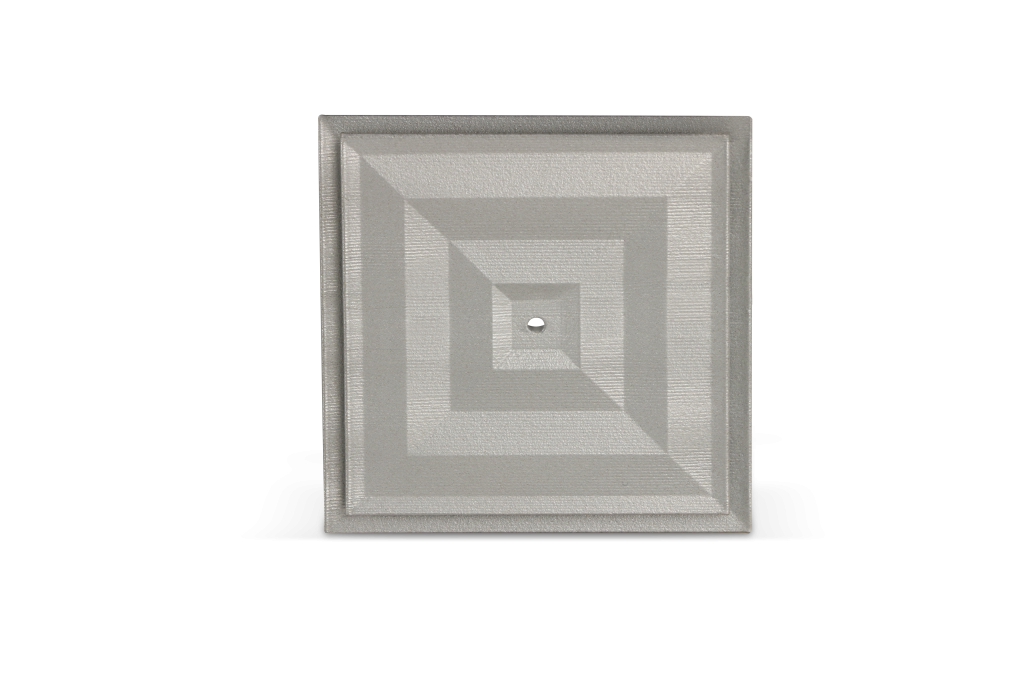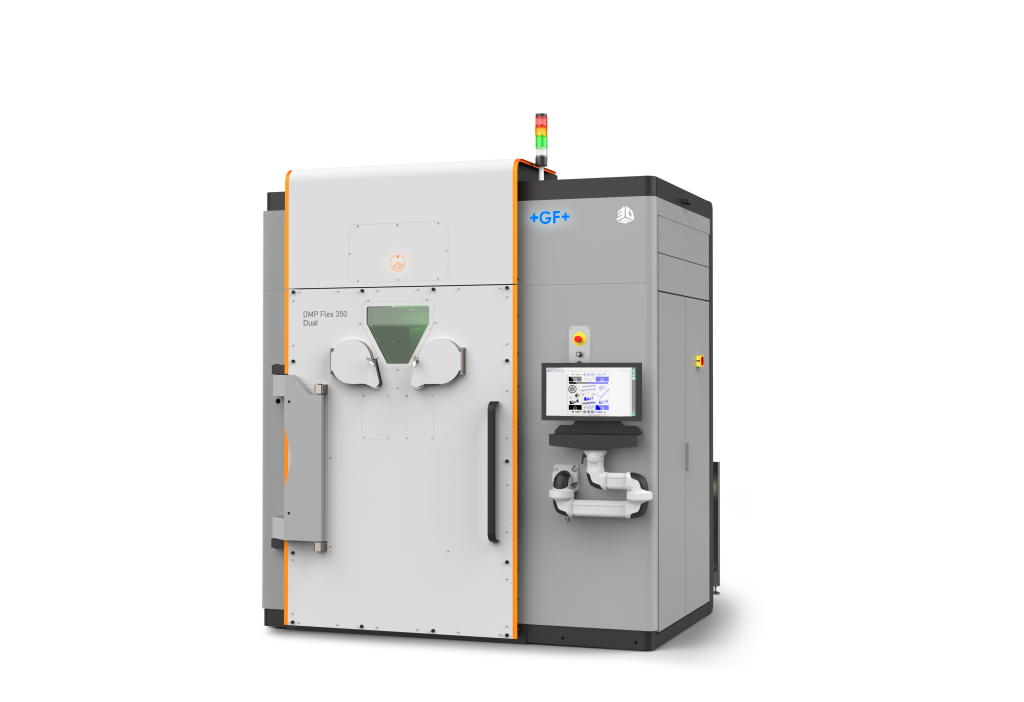3D printer OEM 3D Systems has partnered with Australian satellite developer Fleet Space to 3D print radio frequency (RF) patch antennas for use on the latter’s Alpha satellites.
Specifically, 3D Systems’ Application Innovation Group (AIG) helped Fleet Space take its design and transition to small batch production in just three weeks using the DMP Flex 350 metal printer. Fleet Space is in the process of procuring a DMP Flex 350 for its HQ in Beverley, Adelaide, to eventually bring patch antenna manufacturing in-house.
The 3D printed antennas will be a critical component of each of the satellites in Fleet Space’s Alpha constellation, which is slated for launch into low earth orbit (LEO) in 2023.
“3D Systems helps aerospace customers accelerate innovation and de-risk their additive manufacturing application development,” said Dr. Michael Shepard, VP of aerospace & defense segment, 3D Systems. “We do this by partnering with customers to provide an application solution with the right hardware, materials, software, and services for their needs. In this case, we’ve been able to help Fleet Space Technologies bring a qualified production process for their satellite hardware in-house in a very short amount of time.”

The rise of Fleet Space
Fleet Space is dedicated to becoming a leader in Australia’s budding space industry, which the country’s government expects will reach $12 billion by 2030, creating an additional 20,000 jobs. The company first appeared on the radar in 2018 when it launched Australia’s first set of commercial nanosatellites into LEO: the Proxima 1, Proxima 2, Centauri 1, and Centauri 2.
The end of last year saw Fleet Space reveal plans to launch its Alpha satellites, which are thought to be the world’s first entirely 3D printed satellites. Once operational, the Alpha constellation will work in conjunction with the existing Centauri constellation to provide continuous coverage at data rates of up to 520kbps.
More importantly, the dual satellite system will form the backbone of the firm’s ExoSphere initiative, which aims to revamp mineral exploration with minimally invasive ambient noise tomography technology. In essence, the satellites are expected to be able to pinpoint critical resources on Earth’s surface up to 100 times faster than traditional methods such as explosives, vibroseis machines, and drilling.

Fifty-five patch antennas per build
Each Alpha satellite will feature up to 64 metal 3D printed patch antennas. The Fleet Space team originally designed the antennas to meet strict size, weight, and performance requirements, all while minimizing the need for post-processing. Such a geometry could only be fabricated using additive manufacturing technology.
3D Systems’ AIG helped the company develop print processes for two different metals on the DMP Flex 350, LaserForm AlSi10Mg and Al6061-RAM2.
Here, the vacuum chamber architecture of the machine was crucial to the success of the builds, as it can maintain a low oxygen environment of <25 ppm. It not only heavily reduces argon gas consumption, but also enables an excellent surface finish with fine feature details. This is reportedly key to minimizing signal losses with antennas.
With the help of 3D Systems’ 3DXpert software, the partners are now able to 3D print batches of 55 RF patch antennas per print run on the DMP Flex 350.
Flavia Tata Nardini, founder and CEO of Fleet Space Technologies, said, “Together with 3D Systems’ AIG, we are unlocking the remarkable potential of additive manufacturing at our world-class facility in Adelaide, South Australia. This technology will enable our people to create the production processes that will deliver on Fleet’s ambition to launch more than 140 low earth orbit satellites in the Alpha constellation.”

Fleet Space isn’t the only company exploring 3D printed satellite components. Earlier this year, 3D Systems also announced that aerospace manufacturer Airbus contracted it to 3D print critical parts for its upcoming OneSat satellite. Unlike traditional satellites, which are designed for defined missions, Airbus says the OneSat will be fully reconfigurable in orbit for tunable coverage area, capacity, and frequency.
Elsewhere, multinational electronics manufacturer Mitsubishi Electric recently developed a new method of 3D printing freeform satellite antennas in-orbit. The technology revolves around a newly-developed liquid resin, which is not only custom-made for manufacturing in a vacuum, but is capable of photopolymerization via the sun’s UV rays.
Subscribe to the 3D Printing Industry newsletter for the latest news in additive manufacturing. You can also stay connected by following us on Twitter, liking us on Facebook, and tuning into the 3D Printing Industry YouTube Channel.
Looking for a career in additive manufacturing? Visit 3D Printing Jobs for a selection of roles in the industry.
Featured image shows an RF patch antenna 3D printed on the DMP Flex 350. Photo via 3D Systems.



